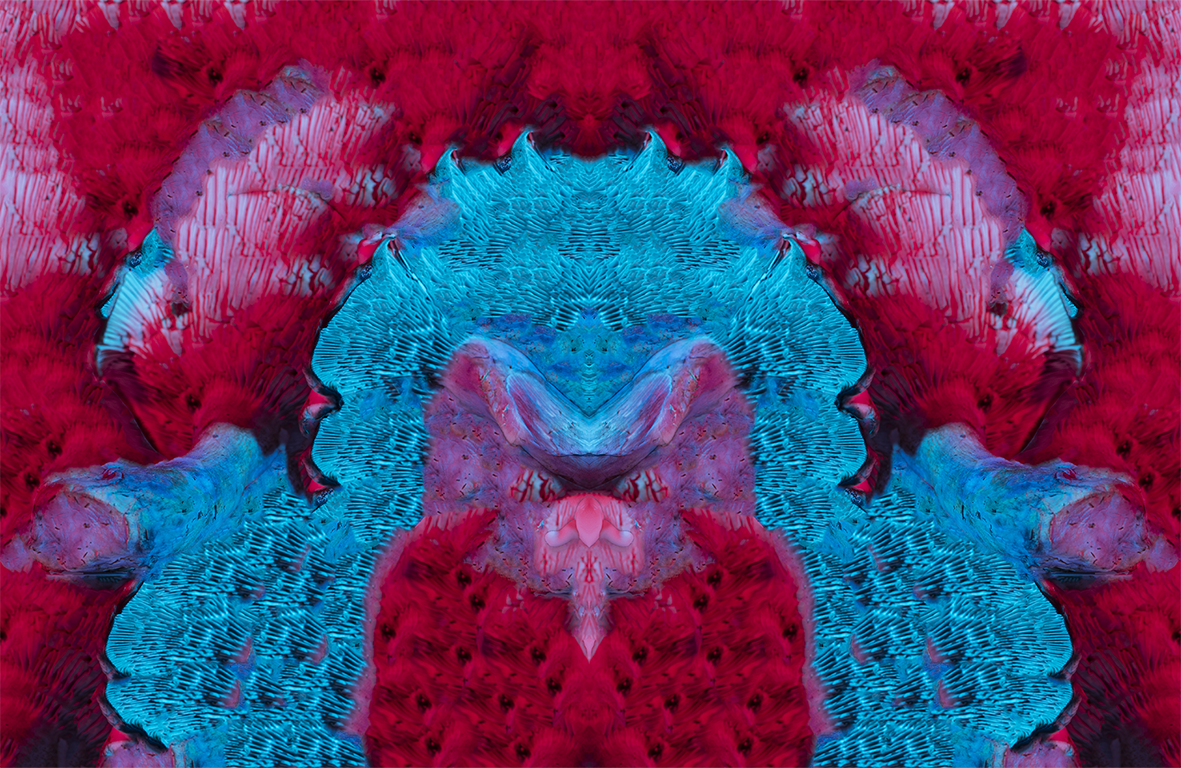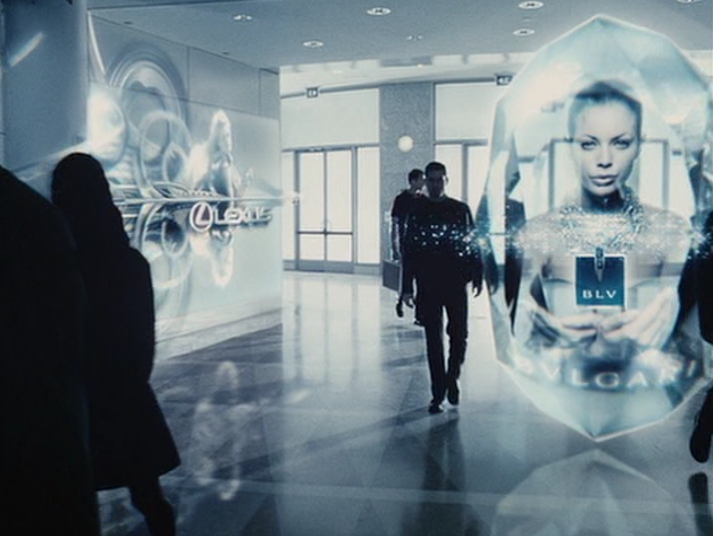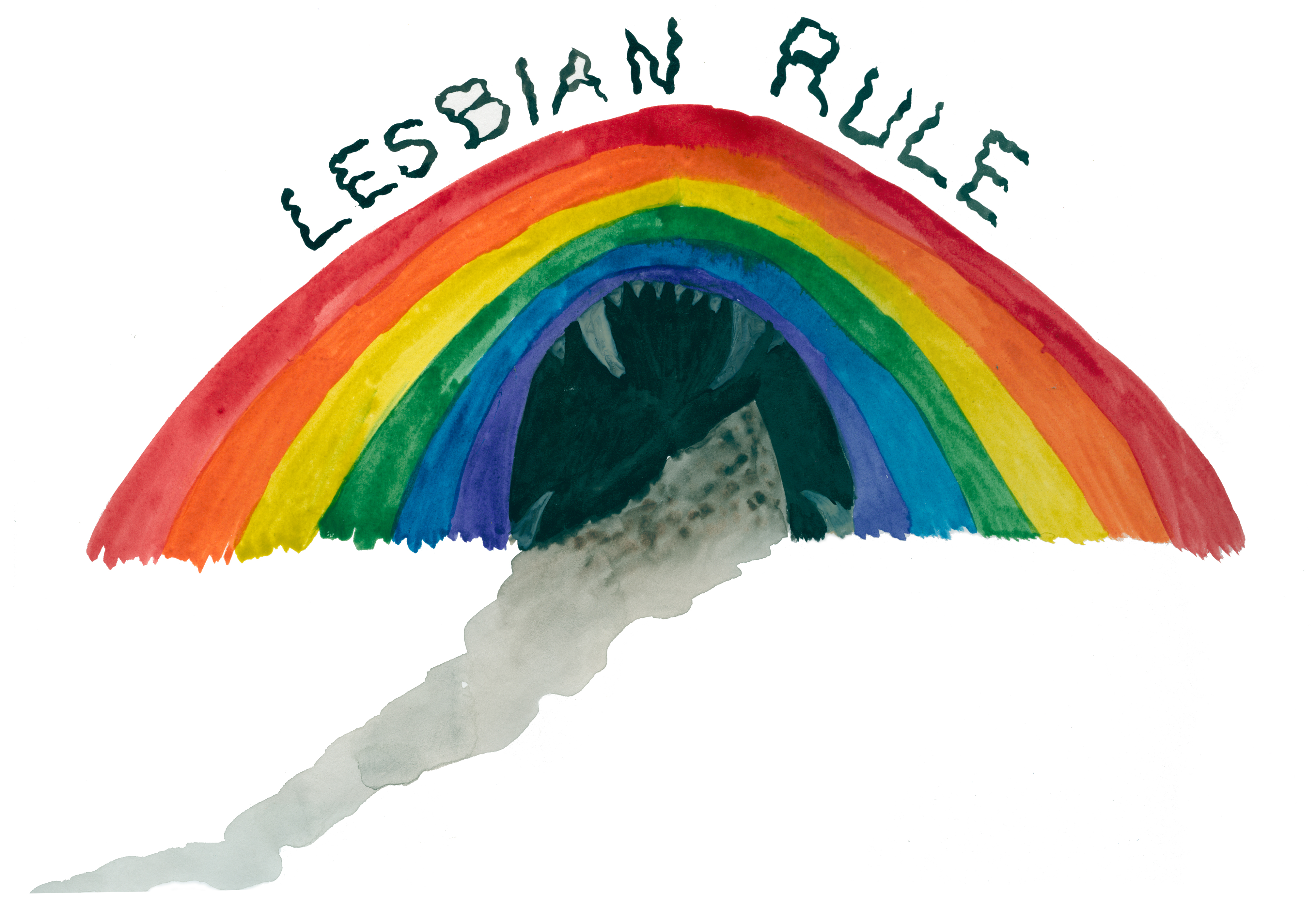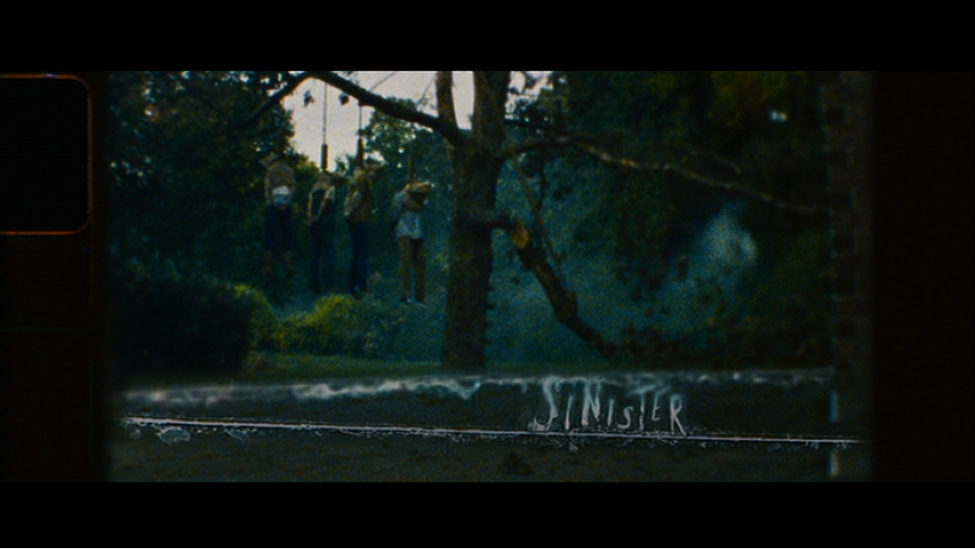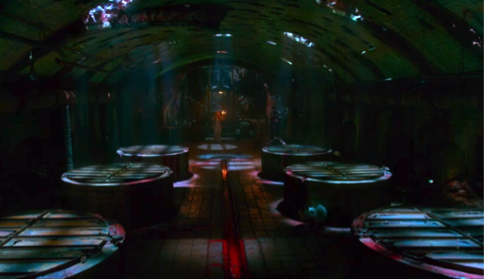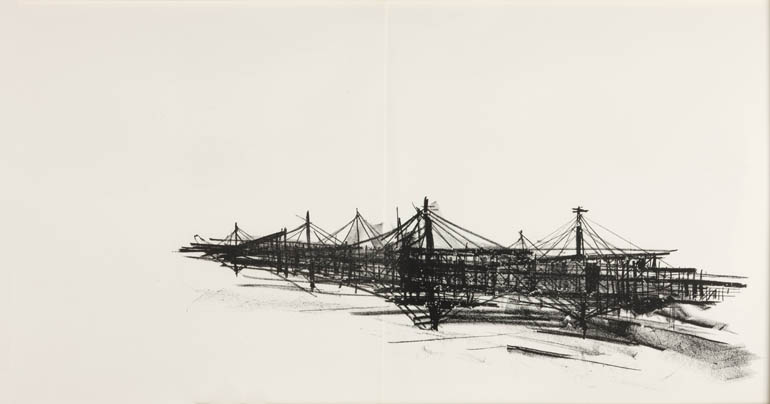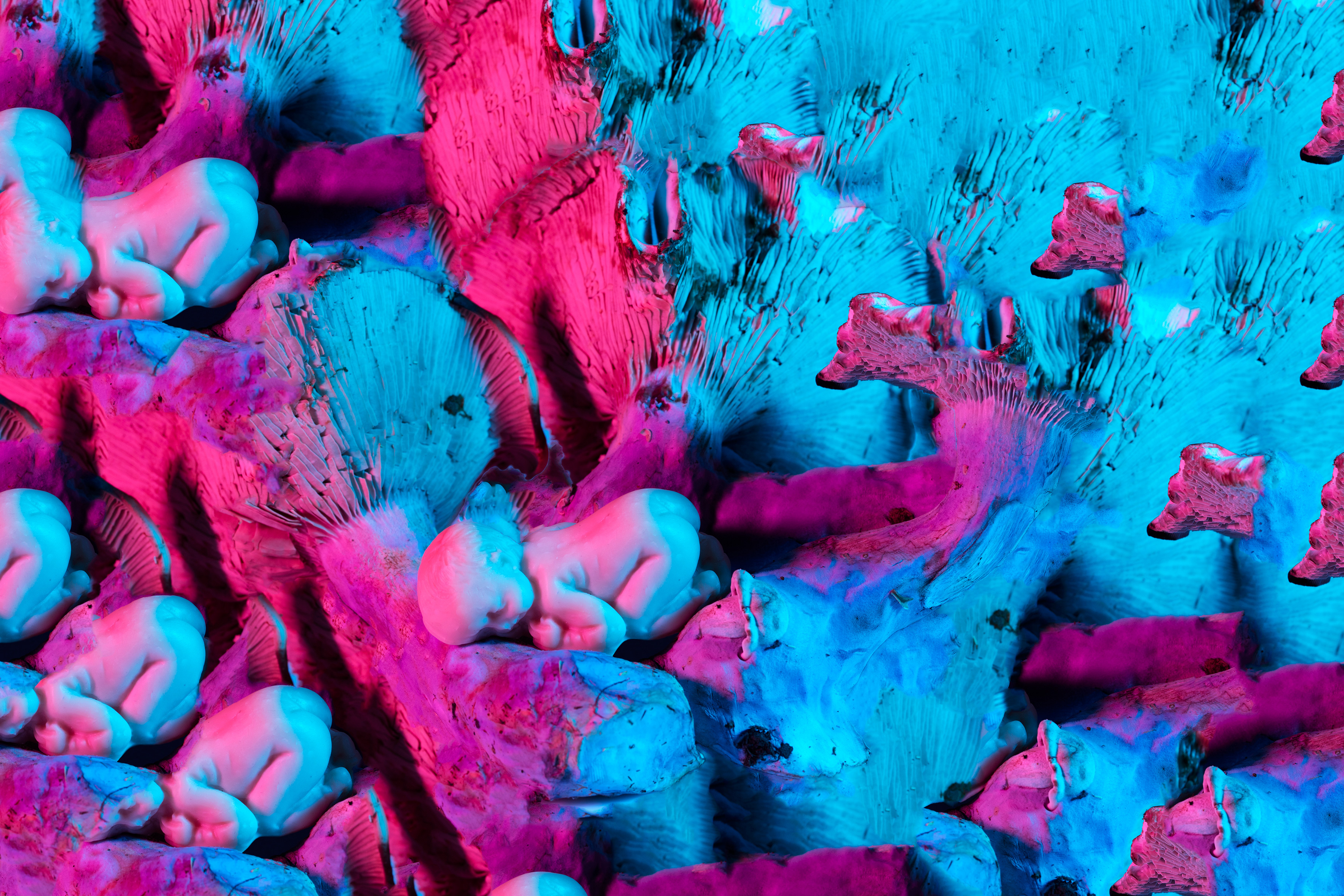Introduction / Issue 27: Speculative Visions
Artwork by contributor Julie Tixier. For Issue 27, the editorial board of InVisible Culture is honored to present a special introduction by Dr. Jeffrey Tucker. “Speculative Visions” is a title rich with denotative and connotative meanings covering the scope of this issue of (In)Visible Culture and of Cultural Studies more generally. It is a formulation that parallels “speculative fiction,” an umbrella term for writing that addresses any of a number of topics–augmentations of the human body, journeys through space and time, the wonder and warnings attached to technological developments, utopias and dystopias, alien encounters, and more; it also covers a range of genres–e.g. science fiction, fantasy, and horror–belonging to what the late Tzvetan Todorov called The Fantastic.1 It is in this latter sense particularly that such coverage is warranted; look closely at the content, production, or reception of “genre” literature or film and you will see boundaries a-blurring. Horror film director John Carpenter’s The Thing (1982) is based on the novella “Who Goes There?” (1938) by legendary science fiction editor and writer John W. Campbell, Jr. …

